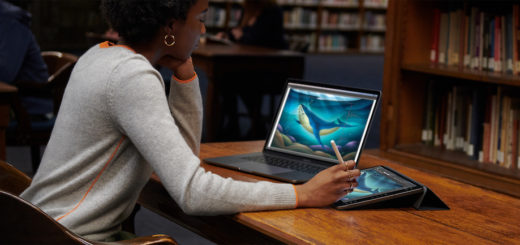Who are Apple’s first-generation AR goggles going to be for?

Apple’s rainbow spectacles are coming, except, its first-generation mixed reality headsets won’t be spectacles but goggles and will set you back around $3,000. So, who are these things for?
What they are and what they ain’t
I can’t imagine most people will feel terribly comfortable wearing these goggles as they walk around town.
That’s as unlike an iPod as it can be. It’s unlike an AirPod, also. Those systems were far more discreet and easier to hide. You can’t hide goggles worn on your face, so they aren’t really built for use on the street. So that’s not the audience, at least, not with V.1.
The Information claims these devices have lenses powered by tiny mirrors. The idea is that the wearer can achieve the widest possible field of view. They also carry the capacity to magnetically attach custom prescription lenses if you need to wear glasses.
I can’t help but wonder if those will come at an additional cost? So, these things haven’t (yet, and I think it will change) been developed as visual aids, at least, not in the direct sense.
Battery life is said to be two hours. That’s interesting as it suggests you won’t wear these all day as you stroll around town. That implies that Apple’s goggles will be designed for specific experiences.
The report mentions use for videoconferencing, education, and certain forms of collaboration.
That, and the lack of a dedicated gaming controller and that Apple hasn’t focused on gaming, suggests some aspiration to deliver these things as solutions for professional tasks. That’s a business-focused model for AR.
So, who will they be for?
While I don’t think too many people will purchase a $3,000 headset to run a FaceTime session, I can imagine them doing so for 3D collaboration using FaceTime and Freeform, particularly if the LiDAR sensors built into these devices can also be used to accurately map and measure in the real world.
That’s going to provide value to lots of industries, from product development and design to architecture, exploration, emergency services, military use and more.
In theory, a field service operative could wear these to share what they see to receive direct help and assistance from others.
A doctor might use them to seek advice during surgery, or a nurse might use them to share patient conditions with remote medical experts during diagnosis. There’s also good opportunity to share the visceral experiences of exploration or adventure sports, and to create compelling mixed reality learning environments.
These are enterprise tools
All the same, looking at the claims the Information is making, in the absence of entertainment media (and I quite honestly think there will be entertainment media provided with these devices) these are not aimed at mass market consumers. These systems aim to provide computer-like experiences similar to wearing a Mac on your glasses.
And that means the first users will be early adopters, die hard Apple fans, medicine, education, visitor attractions and businesses exploring AR/VR for tangible business benefit. I think Apple is going to aim at the enterprise with these things, albeit quietly.
That may be true now, of course, but Apple already has a road map for these. Just as the first iPhone sold in relatively small quantities at first, the company will work to turn this new product family into something that reaches much wider markets over time. The challenge will be turning these goggles into glasses, I believe.
Here’s a good run down of The Information’s claims.
Please follow me on Mastodon, or join me in the AppleHolic’s bar & grill and Apple Discussions groups on MeWe.




